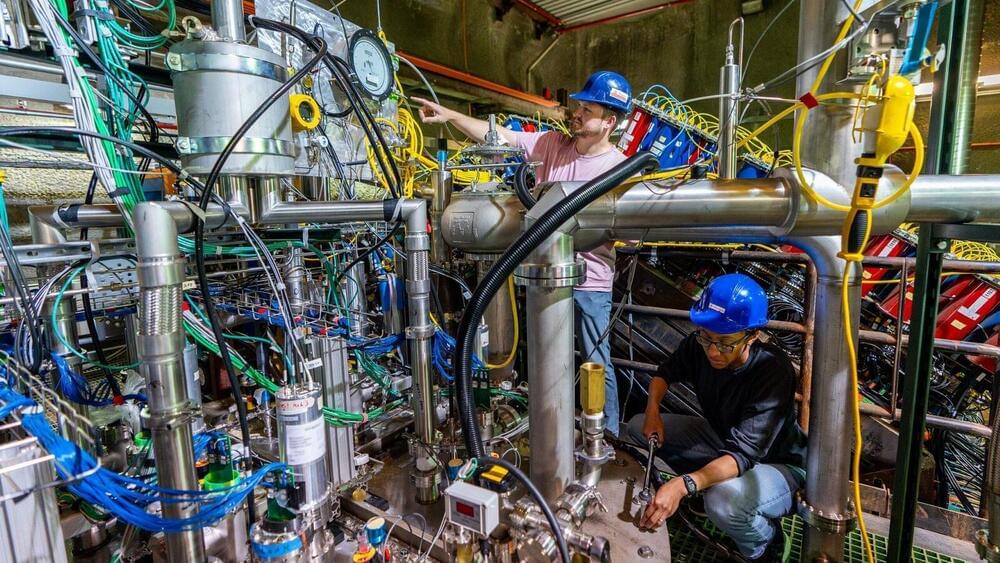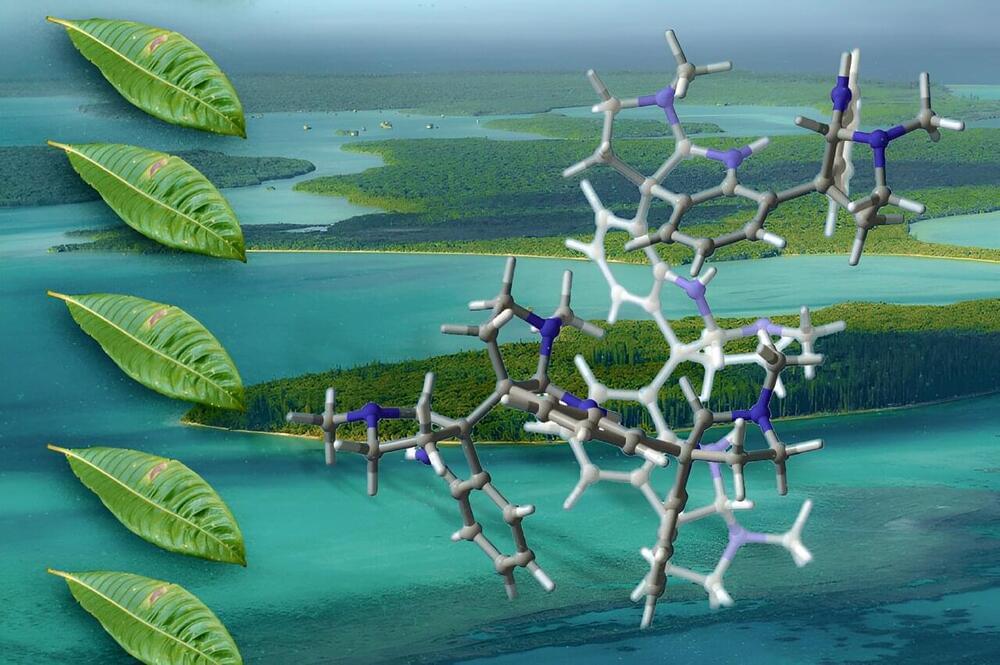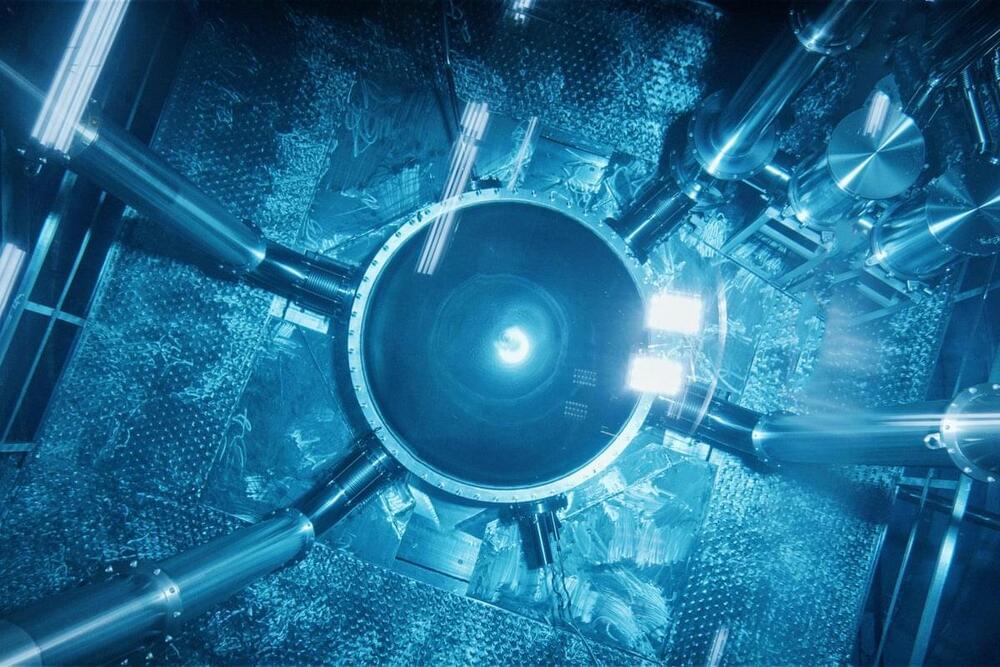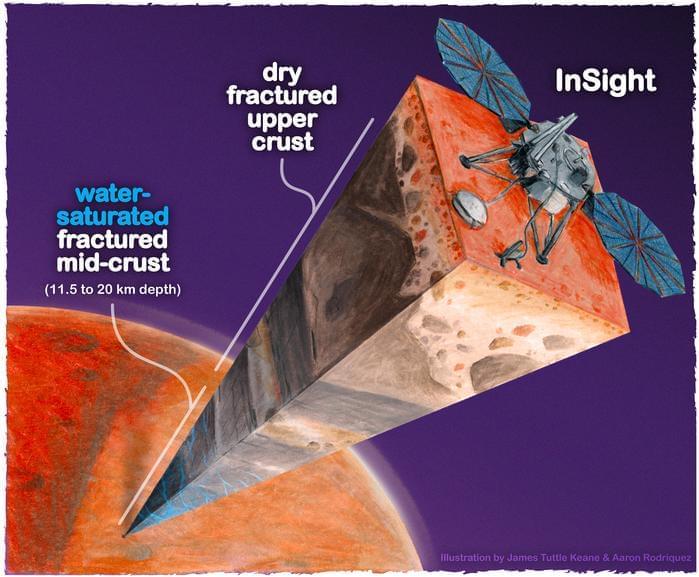In just a few months, voters across America will head to the polls to decide who will be the next U.S. president. A new study draws on mathematics to break down how humans make decisions like this one.
A recently adopted United Nations treaty could lead to invasive digital surveillance, human rights experts warn.
NEW YORK CITY —The United Nations approved its first international cybercrime treaty yesterday. The effort succeeded despite opposition from tech companies and human rights groups, who warn that the agreement will permit countries to expand invasive electronic surveillance in the name of criminal investigations. Experts from these organizations say that the treaty undermines the global human rights of freedom of speech and expression because it contains clauses that countries could interpret to internationally prosecute any perceived crime that takes place on a computer system.
In a major step for the international Deep Underground Neutrino Experiment, scientists have detected the first neutrinos using a DUNE prototype particle detector at the US Department of Energy’s Fermi National Accelerator Laboratory.
The prototype of a novel particle detection system for the international Deep Underground Neutrino Experiment successfully recorded its first accelerator neutrinos.
Columbia researchers discovered that bacteria can create free-floating, temporary genes outside their chromosomes, challenging the long-held belief that all genetic instructions are contained within the genome. This finding opens the possibility that similar genes could exist in humans, potentially revolutionizing our understanding of genetics and gene editing.
Since the genetic code was first deciphered in the 1960s, our genes have appeared like an open book. By interpreting our chromosomes as linear sequences of letters, akin to sentences in a novel, we can identify the genes within our genome and understand how changes in a gene’s code influence health.
This linear rule of life was thought to govern all forms of life—from humans down to bacteria.
University of Colorado at Boulder News
In the quest to develop life-like materials to replace and repair human body parts, scientists face a formidable challenge: Real tissues are often both strong and stretchable and vary in shape and size.
A CU Boulder-led team, in collaboration with researchers at the University of Pennsylvania, has taken a critical step toward cracking that code. They’ve developed a new way to 3D print material that is at once elastic enough to withstand a heart’s persistent beating, tough enough to endure the crushing load placed on joints, and easily shapable to fit a patient’s unique defects.
MIT chemists have developed a new way to synthesize complex molecules that were originally isolated from plants and could hold potential as antibiotics, analgesics, or cancer drugs.
In this interview, hosted by Nicolás Cherñavsky, Nir Barzilai and Brad Stanfield discuss metformin, whether or not to use it in non-diabetic patients to slow aging, and the TAME trial.
Nir Barzilai is president of the Academy of Health and Lifespan Research (https://www.ahlresearch.org/), and Brad Stanfield is a primary care physician in Auckland (New Zealand) and runs a YouTube channel (/ @drbradstanfield) with around 250,000 subscribers to explore the latest research and preventive care guidelines.
Host: Nicolás Cherñavsky.
Production: Nicolás Cherñavsky and Nina Torres Zanvettor.
Editing: Nina Torres Zanvettor.
Revision and subtitling: Nicolás Cherñavsky.
============================================================
With the detection of a long-predicted “neutrino fog,” the search for particles of dark matter has entered a new age of both possibility and peril.
The decades-long search for dark matter could ultimately end in an impasse.
Scientists are experimenting with enzymes that turn sugar to fiber in the gut, microscopic sponges to soak up sugar, and more.
“Establishing that there is a big reservoir of liquid water provides some window into what the climate was like or could be like,” said Dr. Michael Manga.
While Mars is incapable of having liquid water on its surface, what about underground, and how much could there be? This is what a recent study published in the Proceedings of the National Academy of Sciences hopes to address as a team of researchers investigated how liquid water might be present beneath the Martian surface. This study holds the potential to help researchers not only better understand the current conditions on the Red Planet, but also if these same conditions could have led to life existing on the surface in the past.
For the study, the researchers analyzed seismic data obtained by NASA’s now-retired InSight lander, which landed on Mars in 2018 and sent back valuable data regarding the interior of Mars until the mission ended in 2022. This was after mission planners determined the amount of dust that had collected on the lander’s solar panels did not allow for sufficient solar energy to keep it functioning. However, despite being expired for two years, scientists continued to pour over vast amounts of data regarding the interior of Mars.
Now, after combining this seismic data with models used on Earth to map underground oil fields and aquifers, the researchers determined that igneous rocks (cooled magma) are drenched in liquid water between 11.5 and 20 kilometers (7.15 and 12.4 miles) beneath the Martian surface. Additionally, they ascertained the volume of this liquid water could cover the entire surface of Mars up to approximately one-mile deep. The presence of liquid water beneath the surface could help scientists better understand the water cycle on Mars, but accessing this water for future astronauts or colonists is out of the question given its depth.









